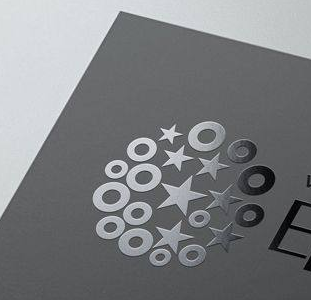
UV curing ink can stay on the surface of the substrate without being absorbed by the substrate, so the printed color quality is more stable. It is also very learned about the curing of UV ink, which is also a point we often don”t pay attention to. Sometimes rubbing the surface of the ink with the naked eye seems to be solidified, but it is not. But how do you identify it? This requires some professional methods.

UV ink
1. Pencil hardness test
Test with a pencil hardness tester. If the requirements are met (generally 3H-4H), the ink is fully cured; if it fails, the curing time and the power of the UV lamp are sufficient, and the speed of the UV curing agent conveyor Aspects of printing.
2. Solvent resistance test
After dropping the propionic acid solution on the surface of the ink for 2Min according to the solvent performance, if there is a change, it proves that the ink has not been cured. After the analysis of the ink is completely cured, the internal molecular structure will change, and the transition to the double bond will be completed, and the high curing of the conversion will be complete, and then the ink will form a tight coating layer as a whole.
3. Pressure test
With a 500g weight, put a small amount of silk cotton fiber on the surface of the ink, press the weight on the fiber for a few minutes and then remove the weight. If the fiber does not stick to the ink layer, it can prove that the ink has completely cured.
4, surface observation
The surface of the fully cured UV ink is very bright, with no ghosting at the edges, and the overall effect is perfect.
UV ink is an environmentally friendly and efficient ink, which currently covers all printing fields. The screen printing UV ink is used on the metallic mirror glossy printing surface to produce a unique visual effect, which is elegant, solemn and luxurious.
PREVIOUS:UV LED replaces traditional UV lamps is an inevitable trend